Updating Poison Centre Notification (PCN) Submissions: Requirements and Obligations
As the deadline for Poison Centre Notification (PCN) submissions under the EU CLP Regulation approaches on January 1, 2025, businesses must ensure their submissions are complete and maintain and update them as required. Whether you are submitting for the first time or managing existing dossiers, understanding when and how to update a PCN submission is essential for continuous compliance.
Below, we answer frequently asked questions to help you navigate these complex requirements.
When do I need to update a PCN submission?
A PCN submission must be updated whenever any key information in the submission changes. This includes changes to the product’s classification, mixture composition, or any relevant toxicological data. The submission must reflect these changes before the updated mixture is placed on the market.
What kind of changes trigger a mandatory update?
Updates are required when any of the following occurs:
Change in product name or UFI: If the product identifier, such as the trade name or mixture identification, is updated, or a new UFI (Unique Formula Identifier) is generated, an update is required.
Classification changes: If the classification of the mixture changes (e.g., new health or physical hazard classification), the submission must be updated. This includes when a mixture is no longer classified as hazardous.
New toxicological information: If new toxicological data is available for the mixture or its components, it must be incorporated into the submission.
Changes in mixture composition: If the mixture's composition changes, such as adding, substituting, or deleting components, or if the concentration of components changes beyond specified limits, an update is necessary. In some cases, a new UFI may be required.
Do I always need to generate a new UFI when updating the mixture?
No, a new UFI is only required if:
Adding, removing or replacing an ingredient
Changing the concentration of a component beyond the allowed variation
The supplier changes the UFI of a ‘mixture in mixture’
A UFI does not need to be updated if:
Only the name of the mixture changes
The change only affects the perfumes in the product
The product has new packaging
What other updates might be necessary?
In addition to composition and classification changes, updates are required for:
Ceasing the product from the market.
Correcting errors (e.g., in mixture identifiers or trade names).
Updating packaging information (e.g., size, type).
Changing submitter contact details.
Expanding the market area.
Important Note:
Maintaining up-to-date submissions is crucial for ensuring Poison Centres have accurate information to respond effectively in case of emergencies. Failure to update your submission promptly can result in non-compliance with CLP obligations.
How should I monitor my submission after January 2025?
Even after submitting before the January 1, 2025 deadline, ongoing monitoring of product formulations and hazard classifications is essential. Any significant change should be reflected in an updated submission before the updated product is marketed. Establishing a regular review process can help ensure compliance.
How can Yordas help?
The approaching 2025 deadline for PCN submissions is not the end of your regulatory responsibilities. Ongoing monitoring and timely updates are vital to remain compliant with CLP Regulations. Stay informed about changes in your product’s composition, classification, and toxicological data, and update submissions accordingly to avoid regulatory risks and ensure public safety.
Contact us today to ensure you meet the deadline! Get in touch with our team today for more information and visit our website for insight into our Hazard Communication Services.
Request a Free Consultation: Our experts can help you navigate the requirements and ensure compliance. Request a consultation today!
Contact our Support Team: Have a specific question or need immediate assistance? Contact Phil Redshaw now.
About our experts
Fiona Moir
Managing Hazard Communication Consultant
Fiona Moir is the Managing Consultant for Hazard Communication at Yordas Group, responsible for overseeing strategic, commercial, and operational aspects of services such as SDS Manager and Hazard Communication services. With a background in bioscience and over a decade of experience in hazard communication, Fiona excels in setting strategic direction aligned with market needs. She leads product development and commercial management efforts, focusing on revenue growth and expanding Yordas' presence in the EHS sector. Fiona's leadership extends to team development and financial oversight, ensuring robust performance and sustainable business practices. Her expertise in regulatory standards, coupled with strong analytical and communication skills, drives innovation and business success within Yordas Group.
Nathan Town-Field
Senior Hazard Communication Consultant
Nathan Town-Field is a Senior Regulatory Consultant at Yordas, with a focus on global hazard communication. With six years of expertise in GHS and CLP classification and labelling of substances and mixtures, Nathan is well-versed in navigating the complex regulatory landscape surrounding chemical safety. A key responsibility for Nathan leading the team responsible for authoring Safety Data Sheets (SDS) to global standards, ensuring that they accurately communicate the hazards associated with chemicals and provide essential safety information to downstream users. Additionally, he is proficient in poison centre notification obligations, and as Yordas' lead eSDS author, Nathan plays a crucial role in extracting exposure scenarios from various sources.
